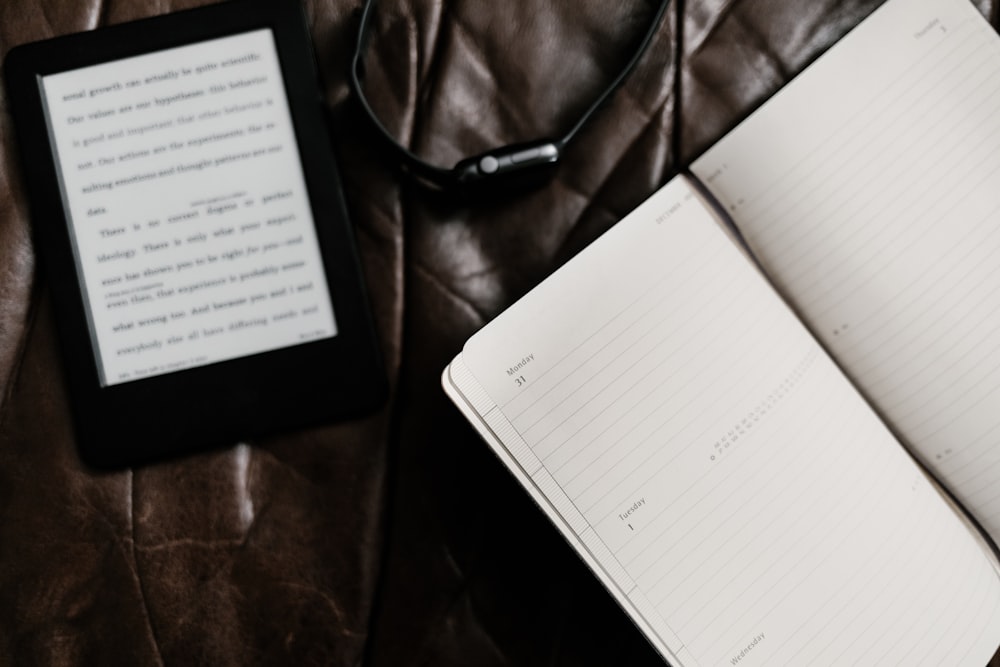
The annual tradition of setting New Year’s Resolutions is something that everyone of every age should do each year. If this is one of the New Year’s traditions you used to take part in but stopped, consider starting this tradition again.
There’s something powerful about putting pen to paper and writing down your goals and resolutions. The intent behind this act helps put you in the right mindset. It can be even more powerful if you tape up your list of resolutions somewhere you can see it every day.
The first step towards achieving an important goal in life is setting the intention. Rather than having ideas floating around in your mind about where you want to improve in life and what you want to achieve, set those goals by writing down a list of New Year’s Resolutions.
If you’re wondering what types of resolutions should be on your list, check out the below list of tips for setting New Year’s resolutions.

1. Write Down Your Bad Habits
Positive change and self-improvement start with self-awareness. You must get very honest with yourself and write down all of your bad habits, vices and unhealthy behaviours. Don’t worry, this page of your notebook is for your eyes only, so you can get truthful with yourself and write down everything you know is harming your mental, emotional and physical health.
Leave a few lines of space for notes under each bad habit. Once you’ve written down your list of unhealthy habits, you can review that list and write down some action items that could help rectify these unhealthy behaviours. It’s those action items that will likely make it onto your list of New Year’s Resolutions.
For example, you might write down that you tend to binge-watch Netflix as a way of avoiding important household tasks, and your resolution might be to set limits for yourself such as 1-2 episodes per evening. Or perhaps one of your bad habits is too much screen time before bed, and your action item or resolution would be to start reading again and read a book before bed.
2. Write Down Your Short-Term and Long-Term Goals
Both your short-term and long-term goals are important to understand when you’re setting New Year’s Resolutions. It’s important to have goals you can work towards now, as well as goals you know might take longer to achieve but are in your mind for your future.
3. Create a Vision Board
Not only is creating a vision board a lot of fun, but it’s also very helpful when it comes to providing insight into possible New Year’s Resolutions. Many people use magazines, quotes, words of affirmation and photographs to create a vision board on a bulletin board or poster board. The vision board is images and words that reflect your true desires. Once you look at your vision board upon completion, you’ll likely figure out what goals are most important to you.
4. Reflect on Character Flaws You Might Have
Nobody’s perfect, and everybody has character flaws they need to work on. Some character flaws are more serious than others. Relationships are great teachers, so someone like an ex might be able to shed light on some of yours. A counsellor can also help you come to terms with some of your character flaws.
Some examples of common character flaws include jealousy, arrogance, pessimism, avoidance, dishonesty and cowardice. These are examples of character flaws that, once worked through and grown out of, make us better people. Perhaps you want to do some inner work in 2022 that includes growth, personal development, and maturing out of your character flaws.

5. Get Specific
One of the best tips for setting New Year’s Resolutions is getting specific with them. Rather than writing down that you’d like to “lose weight”, come up with a much more specific resolution such as, “I will meal prep every Sunday.” After all, meal prepping every Monday will help you lose weight, and the weekly meal prep habit is sure to turn into a sustainable way of staying healthy all year long.
How Can You Get to Know Yourself Better?
When creating New Year’s Resolutions, it helps to get to know yourself better and gain a stronger sense of self. Understanding what’s written in your DNA helps you get to know yourself, so try a CircleDNA test to find out more about yourself. The results include over 500 reports containing knowledge about what’s in your DNA.







Comments are closed.